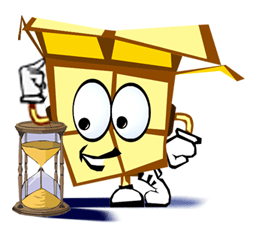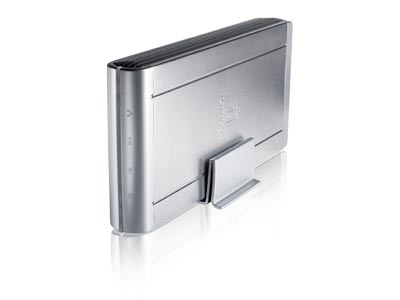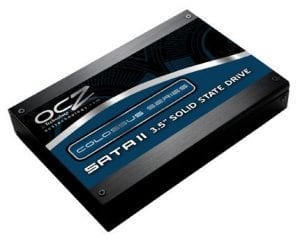
An earlier magnetic disk encoding method that places clock bits onto the medium along with the data bits. It was superseded by MFM and RLL. Varying the frequency of the waves of a carrier in order to transmit analog or digital data. Frequency modulation (FM) is widely used in audio transmission, not only for its namesake FM radio, but for the audio channels in television.
Demodulation

To isolate a data signal from a carrier wave. The demodulation circuit uses the unmodulated carrier as a reference signal and compares it to the received signal.
Bandwidth

The term bandwidth has a number of technical meanings but since the popularization of the Internet, it has generally referred to the volume of information per unit of time that a transmission medium (like an Internet connection) can handle.
TCP/IP
 (Transmission Control Protocol/Internet Protocol) A communications protocol developed under contract from the U.S. Department of Defense to internetwork dissimilar systems. Invented by Vinton Cerf and Bob Kahn, this de facto Unix standard is the protocol of the Internet and the global standard for local area networks and wide area networks, the major exception being the traditional networks of the telephone companies.
(Transmission Control Protocol/Internet Protocol) A communications protocol developed under contract from the U.S. Department of Defense to internetwork dissimilar systems. Invented by Vinton Cerf and Bob Kahn, this de facto Unix standard is the protocol of the Internet and the global standard for local area networks and wide area networks, the major exception being the traditional networks of the telephone companies.Node

In a communications system, a node is a network junction or connection point. Every terminal, computer, hub and switch is a node. In database management, a node is an item of data that can be accessed by two or more routes. In computer graphics, a node is an endpoint of a graphical element. In the Document Object Model (DOM), which exposes HTML and XML content to an application or script, every element, every attribute of that element, and each piece of textual content for every attribute is considered a node.
Client
 An architecture in which the user's PC (the client) is the requesting machine and the server is the supplying machine, both of which are connected via a local area network (LAN) or a wide area network (WAN) such as the Internet. Throughout the late 1980s and early 1990s, client/server was the hot buzzword as applications were migrated from minicomputers and mainframes with input/output terminals to networks of desktop computers.
An architecture in which the user's PC (the client) is the requesting machine and the server is the supplying machine, both of which are connected via a local area network (LAN) or a wide area network (WAN) such as the Internet. Throughout the late 1980s and early 1990s, client/server was the hot buzzword as applications were migrated from minicomputers and mainframes with input/output terminals to networks of desktop computers.Server

A computer that runs a Web site. Using the HTTP protocol, the Web server delivers Web pages to browsers as well as other data files to Web-based applications. The Web server includes the hardware, operating system, Web server software, TCP/IP protocols and site content (Web pages, images and other files). If the Web server is used internally and is not exposed to the public, it is an "intranet server"
Network operating System
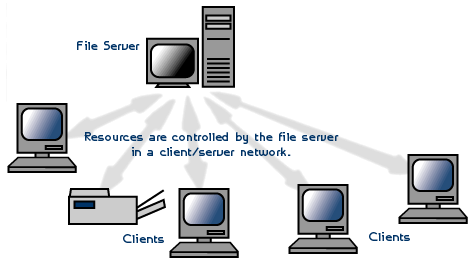 An operating system that is designed for network use. Normally, it is a complete operating system with file, task and job management; however, with some earlier products, it was a separate component that ran under the OS; for example, LAN Server required OS/2, and LANtastic required DOS.
An operating system that is designed for network use. Normally, it is a complete operating system with file, task and job management; however, with some earlier products, it was a separate component that ran under the OS; for example, LAN Server required OS/2, and LANtastic required DOS.Server
Un
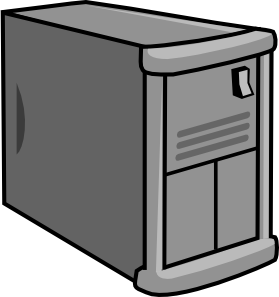 ix, Linux, NetWare, Windows 2000 Server and Windows Server 2003 are examples of network operating systems designed for use in stand-alone servers. Such products may also include a Web server, directory services, messaging system, network management and multiprotocol routing capabilities.
ix, Linux, NetWare, Windows 2000 Server and Windows Server 2003 are examples of network operating systems designed for use in stand-alone servers. Such products may also include a Web server, directory services, messaging system, network management and multiprotocol routing capabilities.Network Administrator

A person who manages a local area communications network (LAN) or wide area network (WAN) for an organization. Responsibilities include network security, installing new hardware and applications, monitoring software upgrades and daily activity, enforcing licensing agreements, developing a storage management program and providing for routine backups, not to mention ensuring that it is up and running all the time.

